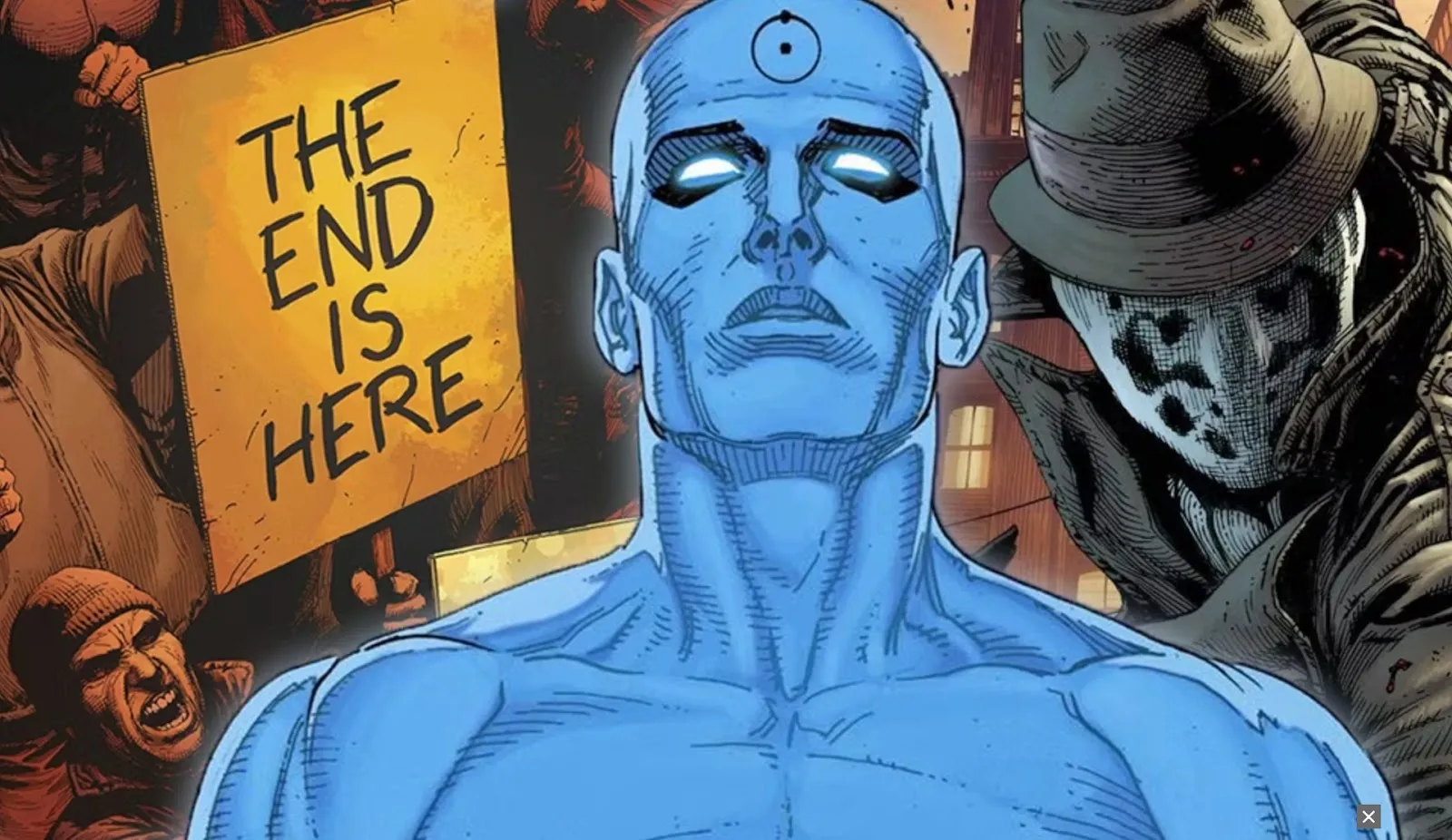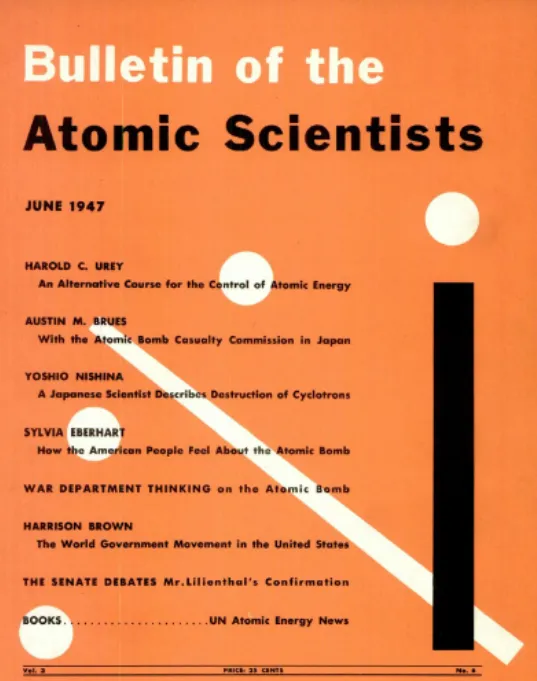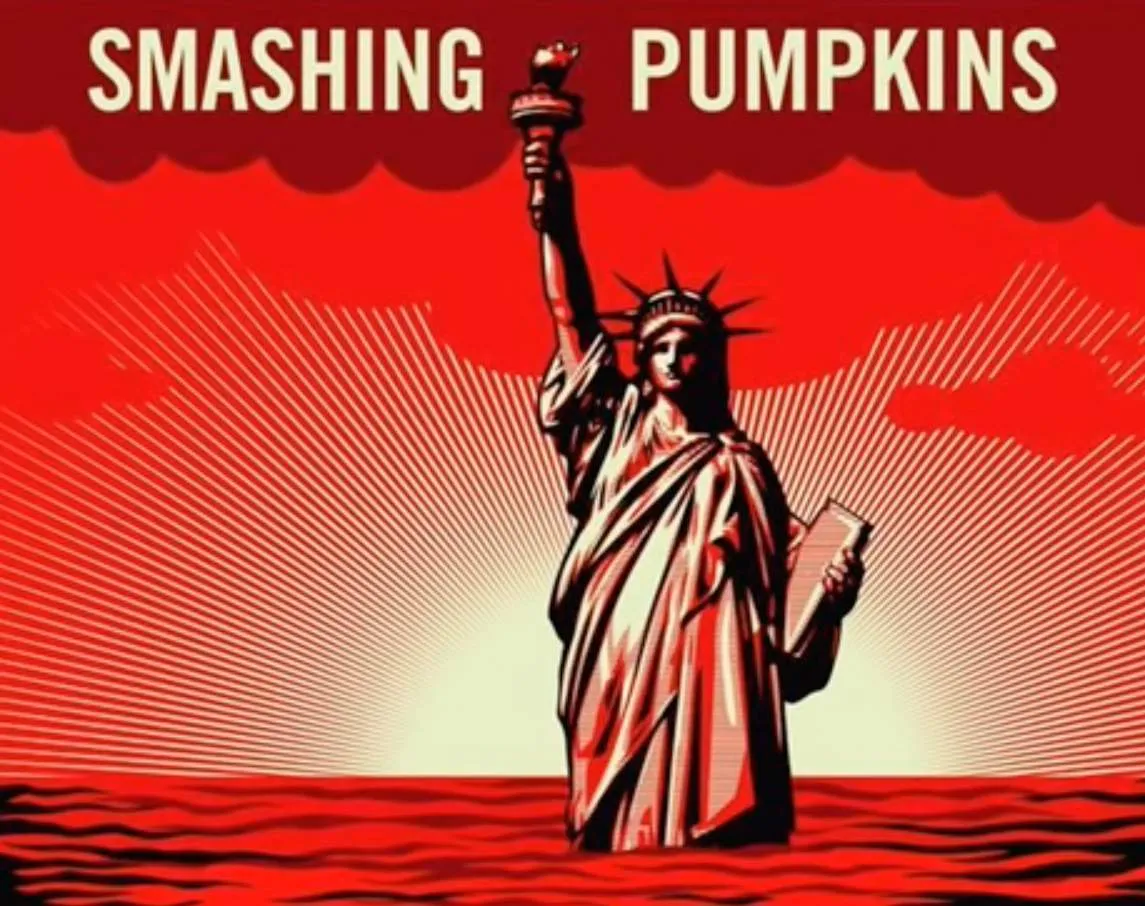In the Midnight Hour: 10 Times the Doomsday Clock Inched Toward Death
The Doomsday Clock was already hurtling toward the apocalypse when it first appeared on the cover of the Bulletin of the Atomic Scientists in 1947. In the decades since, it has become part of our cultural zeitgeist, inspiring everything from Watchmen comics to Iron Maiden’s Two Minutes to Midnight, and Stephen King’s The End of the Whole Mess.
The symbolic clock hands are set by the Bulletin of the Atomic Scientists, a group initially formed by Manhattan Project scientists in Chicago after the WWII US bombing of Hiroshima and Nagasaki.
In 2023, with Russia and Ukraine tangled in drawn-out war, the Doomsday Clock inched as close to midnight as it has ever been, with the hands 90 seconds away from impending doom.

So how will it all end? Nuclear war? Havoc caused by climate change? Or with survivors huddled in underground bunkers, fighting over the last tin of canned beans? Here are 10 times the Doomsday Clock predicted disaster - and pulled back from the brink.

1947 - Seven Minutes to Midnight
Two years after the atomic bombing of Japan, the Bulletin of the Atomic Scientists began warning the public about the dangers of nuclear technology through its monthly publication. In 1947, the clock stood at seven minutes to midnight (the symbol of Armageddon and the destruction of humanity).
Initially Bulletin editor Eugene Rabinowitch, a Russian-American biophysicist, decided whether the hand should be moved. Since his death in 1973, the clock has been set by the Bulletin’s board and more than a dozen Nobel laureates and international experts in key technologies.
1949 - Three Minutes to Midnight
When Russia exploded its first atomic bomb, the Doomsday clock was changed to three minutes to midnight. US President Harry S. Truman’s announcement was followed by reassurances - Americans were told to stay calm and not lose any sleep. "We are told the Soviet production of atomic bombs has no chance of equaling ours, particularly as we have a four-year start," the Atomic Scientists said confidently. Still, the clock’s timing reflected their unease.
1952 - Two Minutes to Midnight
Three years later, doom seemed more tangible following the achievement of a thermonuclear explosion by the Soviet Union. “Only a few more swings of the pendulum and, from Moscow to Chicago, atomic explosions will strike midnight for Western civilization," the Atomic Scientists announced. "The time - dreaded by scientists since 1945, when each major nation will hold the power of destroying, at will, the urban civilization of any other nation - is close at hand."
"The brand new social experience where you activate your gaming skills as you train like a spy."
- TimeOut
Take on thrilling, high-energy espionage challenges across different game zones.

1960s - From Seven to 12, then back to 10 Minutes to Midnight
Events moved quickly in the 1960s. France tested its first atomic bomb and the US tested the first submarine-launched ballistic missile. By October 30, 1961 the Soviet Union had detonated the Tsar Bomba, the largest nuclear device in history. The weapon yielded 57 megatons of TNT - four times larger than any nuclear device tested by the US. The Pendulum swung back and forth during the decade, finally resting at 10 minutes to midnight in 1969 with the US Senate ratifying the Nuclear Non-proliferation Treaty.
"The deadlocked Vietnam conflict, the occupation of Czechoslovakia, General de Gaulle's monumental self-centeredness, and Mao Tse-tung's obsessive self-righteousness have not prevented the signing of a treaty by which 100 nations have renounced historical reliance on their own military power, and the US and Soviet Union have promised to start reducing theirs,” the Atomic Scientists noted in ‘69.
1972 - 12 Minutes to Midnight
Things appeared to have calmed down in 1972 when the Doomsday Clock stood at 12 minutes to midnight. US President Richard Nixon and Soviet General Secretary Leonid Brezhnev signed the ABM Treaty and interim Strategic Arms Limitations Talks/Treaty (SALT) agreement on May 26, 1972, a groundbreaking arms limitation treaty. "Now we have been presented with the greatest step toward world peace since the Sermon on the Mount, and we are torn between the impulse to cry 'bravo' and the desire to shout 'fraud'. Despite all the careful orchestration, it is impossible to hide the fact that this agreement could have been had anytime during the past two years. "
1981 - 4 Minutes to Midnight
Optimism quickly deteriorated in the ‘80s as the Cold War heated up. The clock stood at four minutes to midnight in 1981. The SALT agreement appeared to be cast aside. “Nuclear weapons - more and more unambiguously aimed at war-fighting rather than war-deterrence - are now being rapidly deployed by the East and the West in Europe,” the scientists said. “These ominous signs of deterioration are cast into starker relief by the flat unwillingness of either the US or the Soviet Union to reject publicly, and in all circumstances, the threat of striking the other first.”
1982 - 3 Minutes to Midnight
Despite attempts at détente, the US and Soviets developed more accurate weapons with more warheads. President Ronald Reagan proposed a missile defense program, the Strategic Defense Initiative (derisively nicknamed the ‘Star Wars Program’). One June 12, 1982, one million people demonstrated in New York City's Central Park against nuclear weapons and for an end to the Cold War arms race. It was the largest anti-nuclear protest in American history. “The accelerating nuclear arms race and the almost complete breakdown of communication between the superpowers have combined to create a situation of extreme and immediate danger," the Bulletin of the Atomic Scientists warned.

1991 - 17 Minutes to Midnight
The collapse of the Soviet Union ushered in a new era. The Doomsday Clock was reset to 17 minutes to midnight. "The Cold War is over. The 40-year-long East-West nuclear arms race has ended. The world has clearly entered a new post-Cold War era. The illusion that tens of thousands of nuclear weapons are a guarantor of national security has been stripped away,” the atomic scientists said. The optimism would soon fade.

2007 - Five Minutes to Midnight
Between North Korea's nuclear weapons test, Iran's nuclear ambitions, and the presence of 26,000 nuclear weapons in the US and Russia, the situation was deemed grim in 2007. The Doomsday Clock stood at five minutes to midnight. (And that was before Israel admitted it carried out an airstrike on a Syrian nuclear reactor.) The Atomic Scientists were also concerned about a new threat: "The dangers posed by climate change are nearly as dire as those posed by nuclear weapons," they said. “Over the next three to four decades climate change could cause drastic harm to the habitats upon which human societies depend for survival."

2020 - 100 Seconds to Midnight
By 2020, the Atomic Scientist set the clock at 100 seconds to midnight. Not only was humanity facing two simultaneous dangers - nuclear war and climate change - but there was also a threat multiplier: cyber-enabled information warfare undercutting society’s ability to respond. “The international security situation is dire, not just because these threats exist, but because world leaders have allowed the international political infrastructure for managing them to erode,” scientists warned.
2023 - 90 Seconds to Midnight
The Doomsday Clock stood at 90 seconds to midnight in early 2023, the closest to global catastrophe it has ever been - partially, but not exclusively, as a result of the Ukraine war. “Russia’s thinly veiled threats to use nuclear weapons remind the world that escalation of the conflict - by accident, intention, or miscalculation - is a terrible risk. The possibility that the conflict could spin out of anyone’s control remains high.”
As UN Secretary-General Antonio Guterres warned, the world has entered a time of nuclear danger not seen since the height of the Cold War.
SPYSCAPE+

Join now to get True Spies episodes early and ad-free every week, plus subscriber-only Debriefs and Q&As to bring you closer to your favorite spies and stories from the show. You’ll also get our exclusive series The Razumov Files and The Great James Bond Car Robbery!


Gadgets & Gifts
Explore a world of secrets together. Navigate through interactive exhibits and missions to discover your spy roles.
Your Spy Skills
We all have valuable spy skills - your mission is to discover yours. See if you have what it takes to be a secret agent, with our authentic spy skills evaluation* developed by a former Head of Training at British Intelligence. It's FREE so share & compare with friends now!
* Find more information about the scientific methods behind the evaluation here.


Stay Connected
Follow us for the latest
TIKTOK
INSTAGRAM
X
FACEBOOK
YOUTUBE